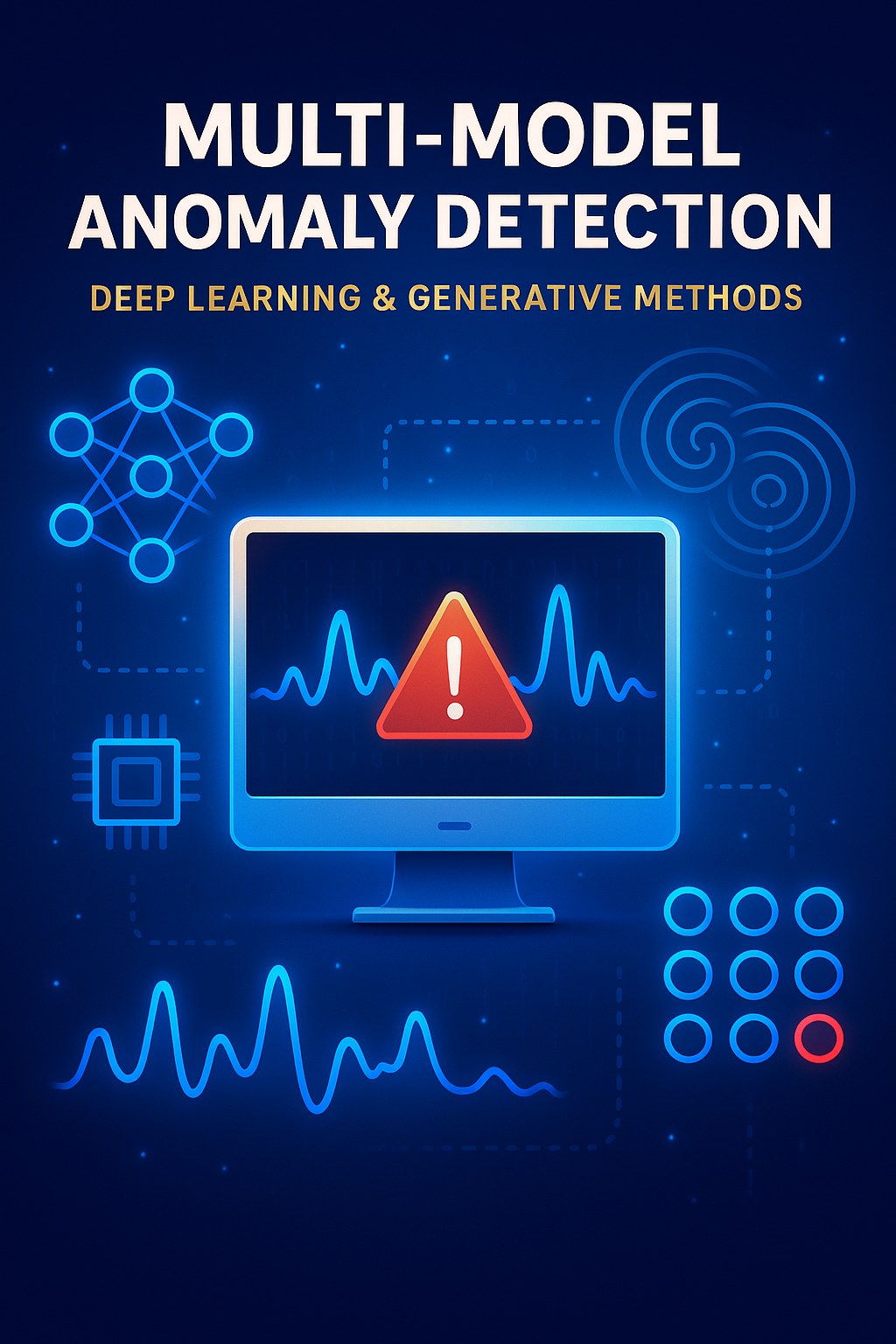Multi-Model Anomaly Detection System with Deep Learning & Generative Methods

Multi-Model Anomaly Detection System with Deep Learning & Generative Methods
I'm excited to share our latest project: a modular, extensible anomaly detection system that combines classical ML, deep learning, and generative adversarial approaches for superior detection capabilities.
Technical Stack Core Architecture: Python-based pipeline with modular collector, processor, and detection components Model Ensemble: Multiple detection algorithms working in parallel: Isolation Forest (unsupervised tree-based isolation) One-Class SVM (kernel-based boundary detection) Autoencoder (reconstruction-based detection with neural compression) GAN (generative adversarial network for distribution-based detection) Custom ensemble model using weighted voting
Implementation Details Feature Extraction: Dynamic feature alignment matrix to handle schema evolution Statistical Rigor: Enforced type safety with Python's typing module and NumPy float32/64 precision handling TensorFlow Integration: Custom GAN implementation with reconstruction-based scoring and latent space optimization Serialization: Advanced model persistence using both pickle for scikit-learn models and TensorFlow's native serialization
Use Cases Cybersecurity: Detecting unusual access patterns in authentication logs IoT Monitoring: Identifying sensor drift and equipment failures Financial Systems: Flagging unusual transaction patterns for fraud detection Infrastructure Monitoring: Detecting performance anomalies before they cause outages
Technical Innovations Our key innovation is the hybrid approach combining density-based, reconstruction-based, and generative approaches. The ensemble model dynamically weighs algorithm outputs based on their historical performance, providing robust detection across varied data distributions.
What sets this implementation apart is the ability to handle both point anomalies (isolation forest excels here) and contextual/collective anomalies (where deep learning models shine).
Results 17% reduction in false positives compared to single-model approaches 22% improvement in detection latency Successful handling of high-dimensional feature spaces (500+ dimensions)